This Land is Your Land
Ducks Unlimited and its partners are working to improve waterfowl habitat and hunting access on public lands across the United States
Ducks Unlimited and its partners are working to improve waterfowl habitat and hunting access on public lands across the United States
From the Ducks Unlimited magazine Archives
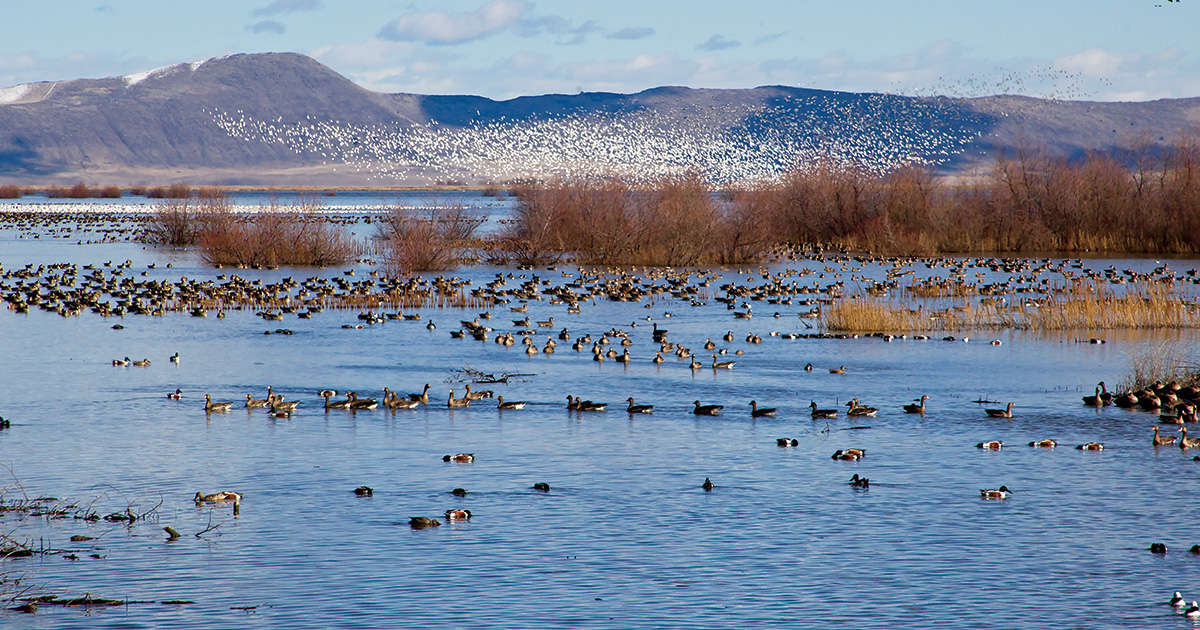
Public lands made me a duck hunter, there’s no question about that. Over the years, I’ve hunted ducks on public lands in my native North Carolina, and on public lands in Virginia, Maine, North Dakota, Washington, Oregon, Louisiana, Arkansas, Florida, and Maryland. I still hunt public lands every year. And on many, if not most, of those locations, DU’s habitat expertise and DU-leveraged dollars have been put to work for years. Supporting and improving public lands for waterfowl and waterfowl hunting is a huge part of DU’s DNA.
Over DU’s 85-year history, the organization’s expertise and commitment to leveraging conservation funds have helped unlock billions of dollars for habitat conservation and waterfowl management. A key source of federal funding for DU’s work is the North American Wetlands Conservation Act (NAWCA). This program provides challenge grants in which every federal dollar must be matched by a dollar or more from nonfederal sources. Working with state agencies and other partners, DU leverages the private funding contributed by its supporters to secure tens of millions of dollars of additional conservation funding every year. NAWCA projects can be large or small. They might affect 100 acres, or they might help shape entire landscapes. And many of them are delivered on public lands.
“Wetlands restoration is some of the most expensive habitat work that can be done,” explains Dr. Karen Waldrop, chief conservation officer for DU. “It’s a big lift for many state agencies, but DU is very good at finding and bringing matching funds to the table.”
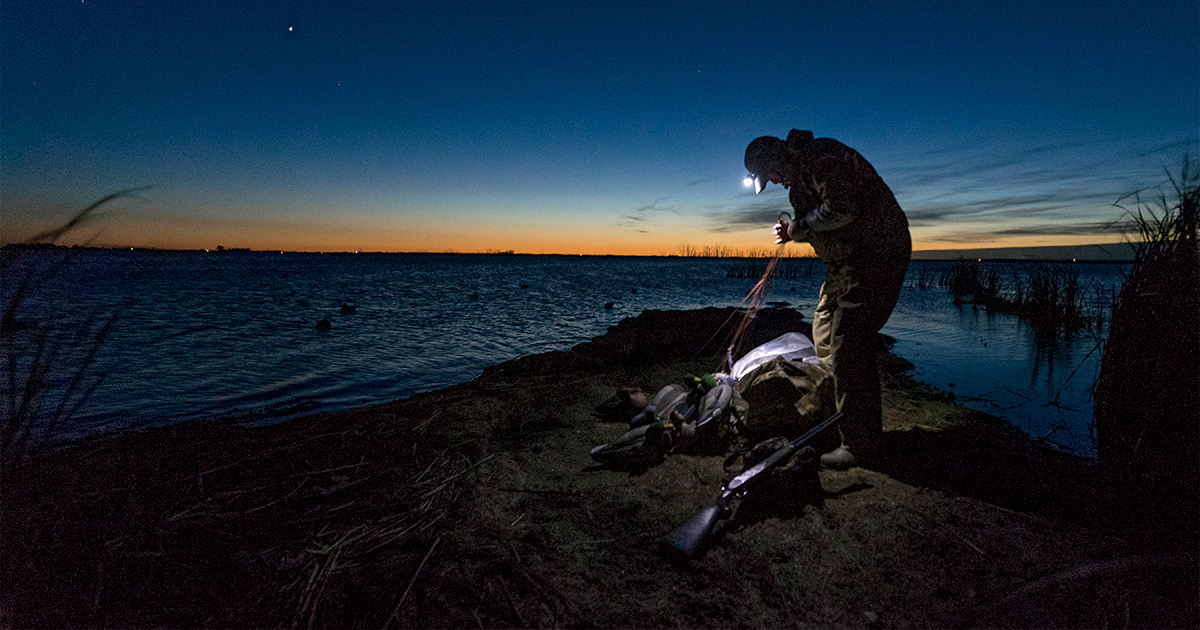
Such work is not only vital to ducks and other wildlife, but also to hunters and other outdoor enthusiasts. “There’s an enormous amount of DU habitat restoration and enhancement that takes place on public lands across the country, in part because public lands often serve as an entry point to waterfowling,” explains Jerry Holden, director of operations for DU’s Southern Region. “If we do our jobs right, then anyone who has the gumption to get out there should have access to quality waterfowl hunting on public land.”
Which can—and certainly did in my case—be a life-altering experience. Hunting DU-supported projects on public lands helped shape my approach to waterfowling everywhere, a feeling that untold numbers of duck and goose hunters share. And the good news is that DU’s commitment to public lands is stronger than ever. Here are five places across the flyways where DU has recently made life better for waterfowl and for duck and goose hunters in every corner of the nation.
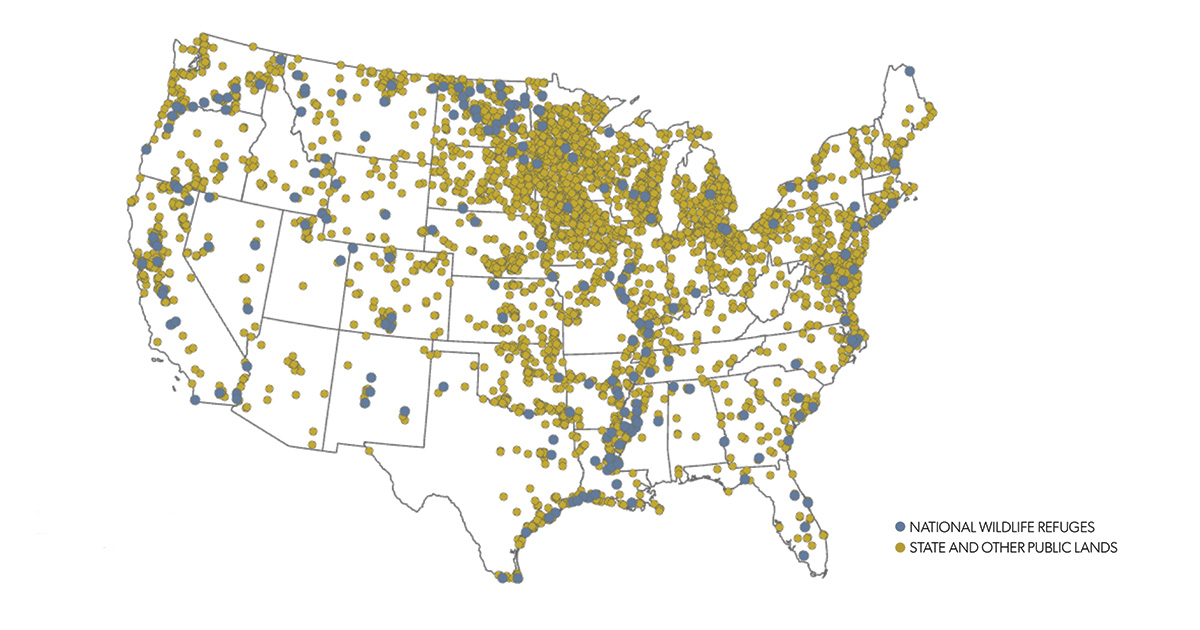
GOING PUBLIC: Ducks Unlimited has completed almost 6,000 projects on public lands across the United States. These projects collectively total nearly 2.5 million acres of wetlands and other wildlife habitats.
If ever a restoration project exemplified the wide-ranging impacts of wetlands conservation, it’s this groundbreaking Texas project. When the 40,000-acre Richland-Chambers Reservoir was built in the 1980s to help fill the water taps of the growing Dallas−Fort Worth area, the 14,000-acre Richland Creek Wildlife Management Area (WMA) was set aside to mitigate associated wetland losses. DU has supported work on the area for 25 years, but in 2021, conservation advocates and funders saw a sort of diamond in the rough in the Richland Creek WMA.
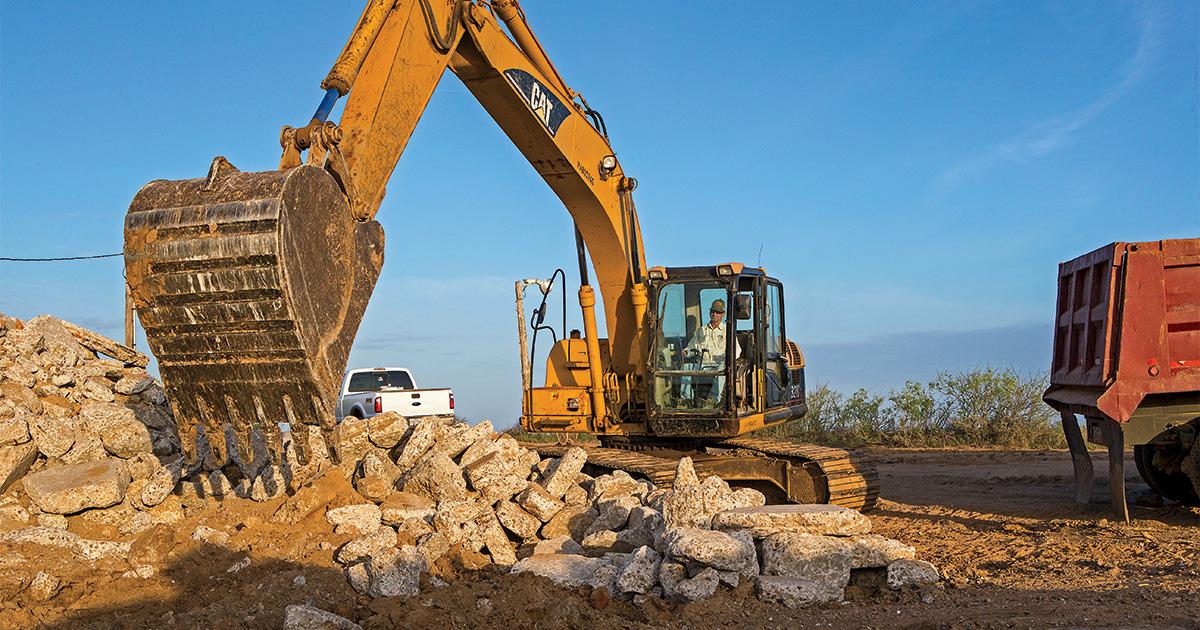
In addition to financial support, DU brings much-needed engineering and construction-management expertise to wetland restoration projects on public lands.
Through a newly constructed set of interconnected levees and water-control structures, 206 acres of managed wetlands were created to catch, hold, and filter water diverted from the Trinity River. In the fall, that will be a huge attraction for the thousand-plus waterfowl hunters who trek to the WMA each year. Ducks will arrive to fuel up for migration and settle in for the winter. Then, after birds depart in the spring, water from the impoundments will be drained back into the Trinity River, cleansed of much of the nitrogen and phosphorus that was naturally filtered by the wetlands.
The water volume and water-quality benefits of the project caught the attention of two corporate powerhouses: PepsiCo and Facebook. Working through the Texas Water Action Collaborative, each signed on as a supporter of the project, as did the private Dallas-based Litman Foundation. The presence of these supporters underscores how a new and growing category of wetland conservation partners is helping DU impact more acres than ever before.
It’s a win-win from any perspective. “We’ve always known these kinds of projects support so many ecosystem services, but DU’s ability to quantify those benefits is a pretty rare capacity,” says Bob Locke, DU’s director of development for North Texas, Oklahoma, and New Mexico. “That’s how we could successfully compete for the funding.”
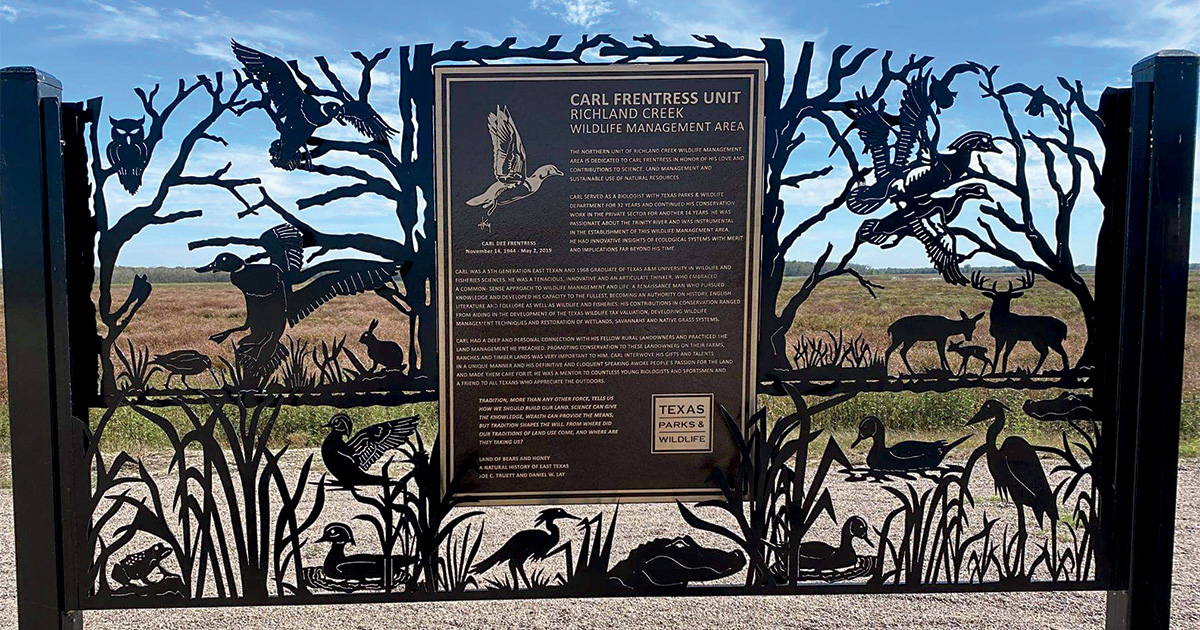
Wetlands restored on Richland Creek Wildlife Management Area near Dallas help improve water quality and offer public hunting opportunities.
It’s a basic calculus. Ducks need clean water. People need clean water. Communities and businesses need clean water, and plenty of it. Pairing companies and foundations with projects that improve water resources will be an increasing emphasis for DU as the organization sharpens its ability to quantify and market the value of wetlands to a broader audience.
Although one wetland value will never change—a pintail or canvasback cupped over the decoys will always be priceless.
Those who think DU’s public lands work only happens in wild, untrammeled places might be astonished at what has taken shape over the last two years along the Lake Erie shoreline, on the outskirts of Toledo, Ohio. Here, a sprawling chunk of historical marsh had been ditched and drained and farmed for more than a century, until conservation partners set their sights on bringing 967 acres of the wetlands back to their former glory. A collaborative effort among DU, Metroparks Toledo, Ohio Division of Wildlife, and other partners, the Howard Marsh Metropark was the largest Great Lakes engineering project DU had ever attempted.
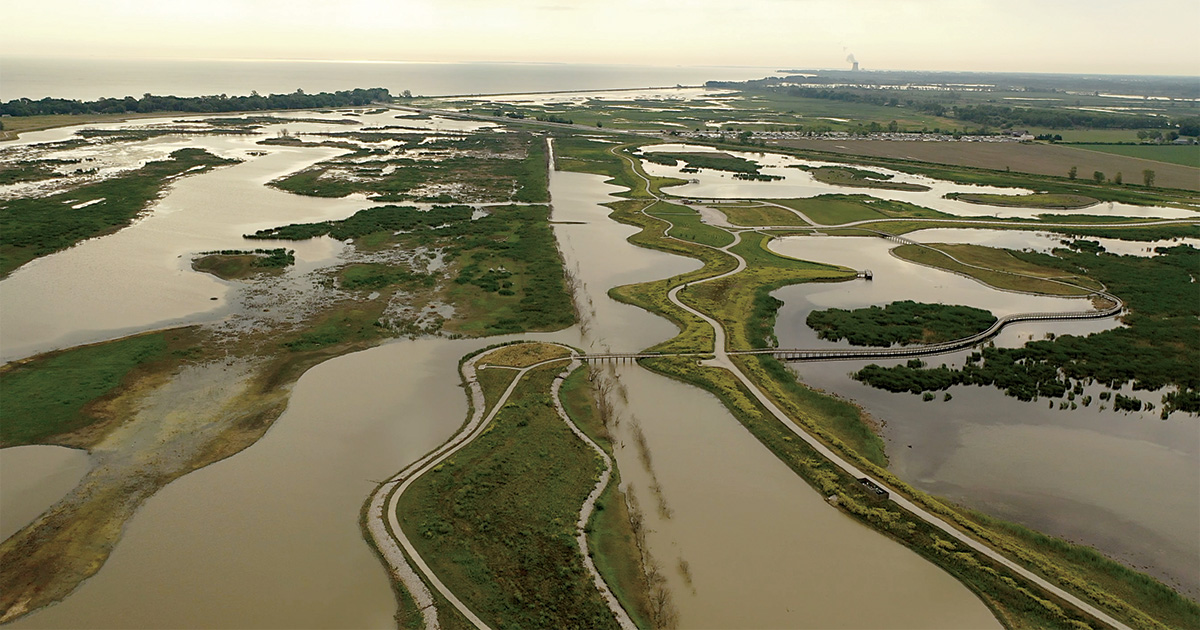
Howard Marsh Metropark near Toledo, Ohio, provides crucial habitat for canvasbacks and other waterfowl and public access for hunting and many other forms of outdoor recreation.
By any measure, it’s been an incredible success. From a mallard’s-eye view, the Metropark looks like a piece of urban art. A six-mile levee system, topped with a graded walking trail, scribes a looping oval of wetlands and constructed islands. The marsh is now an official site for the Biggest Week in America Birding Festival, and the project filters runoff from surrounding neighborhoods, supporting spawning pike and nesting waterfowl. And it’s a success story that is far from over. A second phase, including the restoration of another 205 acres of coastal wetlands and 20 acres of adjacent uplands, will be complete this summer— another big step forward in this effort to bring back a crucial slice of the storied Lake Erie marshes.
At the same time, the project supports the area’s rich waterfowling heritage. For the first time in its history, Metroparks Toledo will allow duck and goose hunting on its property. “This was a significant achievement to recognize the need and desire in the community to make a place for waterfowl hunting,” says Chris Sebastian, DU’s sustainability lead and external affairs manager for DU’s Great Lakes/Atlantic region. “It’s a great way for people to participate in waterfowling locally—almost in their backyards—and experience how waterfowling is so vital to conservation work.”
They come to hunt ducks and geese and ring-necked pheasants. They come for the fabulous hiking on miles of levee roads and the chance to photograph white pelicans and snow geese and greater yellowlegs feeding in marsh flats. They come to escape the increasingly urban environment of Boise, only 50 miles away. And they come in droves: 40,000 visitors show up at Idaho’s Fort Boise WMA each year, making it one of the state’s most popular wildlife attractions. And until recently, one of its most imperiled.
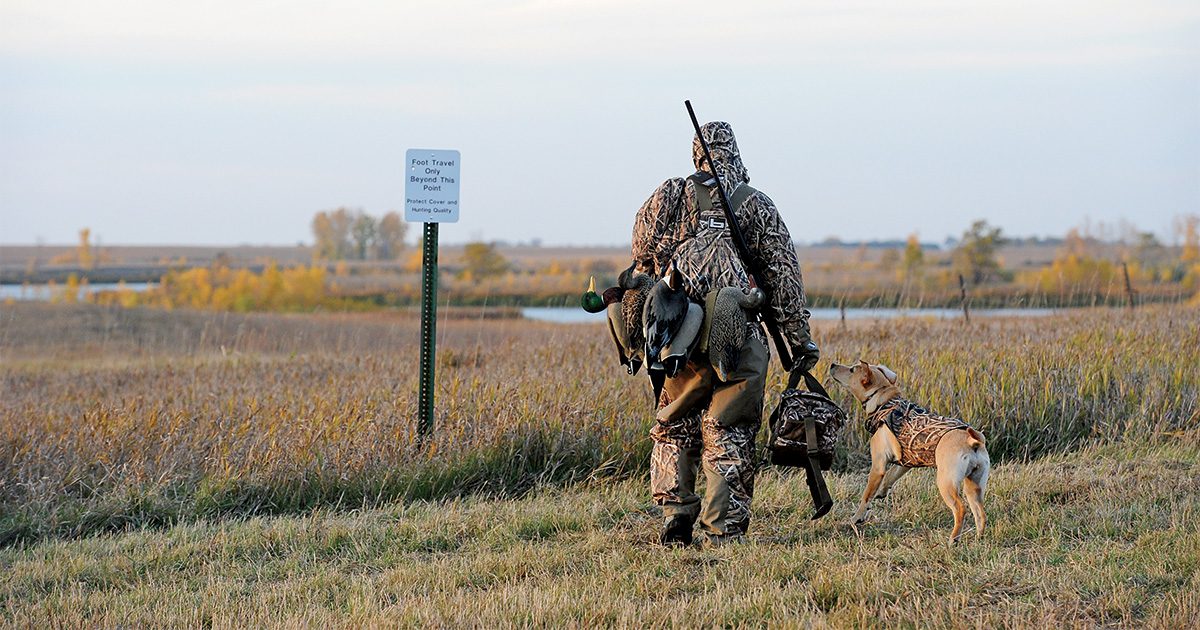
The WMA is situated at the confluence of the Snake and Boise Rivers, in a vast, low basin. “Water from thousands of acres of agricultural fields flows through the refuge before reaching the Snake River,” explains Chris Colson, an Idaho-based DU regional biologist. “The wetlands were slowly filling up with sediment.” What used to be a creek that carried water along a stair-stepped series of bird-rich constructed wetlands had turned into a cattail- and bulrush-choked trickle. Fixing the hydrology required constructing a new basin to hold water so sediments would settle to the bottom, as well as installing new structures to move clean water through nearly a square mile of wetland habitat. Plans called for 2,000 feet of new pipeline and 44 new water-control structures. Nearly six miles of levee needed patching and rebuilding.
Idaho Fish and Game and DU partnered throughout the large and complex project, with DU serving as a full contractor. “Working together, we not only restored the sporting benefits of the property but were able to maintain the ecosystem benefits and expand its availability to a broader user group,” Colson says. “After decades of sedimentation, we reset the clock.”
Now, Idaho Fish and Game has the ability to manage different wetland units independently, fine-tuning habitat for waterfowl and other wildlife. The project was completed in April 2021, and the results have been dramatic. “Returning hunters are not going to recognize the place,” Colson says. But thousands of mallards, pintails, white-fronted geese, and shorebirds will.
There are no easy answers to the water woes and habitat issues that bedevil Lower Klamath and Tule Lake National Wildlife Refuges. These refuges straddle the California-Oregon state line in a 40,000-acre swath of wetlands in the shadow of Mount Shasta. Their critical importance to waterfowl has long been recognized. In 1908, President Theodore Roosevelt designated Lower Klamath as the first waterfowl refuge in the nation. In the years since, however, the refuges have been slowly strangled of water, and wetlands that were once some of the richest wildlife habitats in the Pacific Flyway have dried up. Crushing drought, irrigation needs, and the presence of endangered fish species in the watershed dramatically complicate the sharing of water for ducks and geese. “It’s a tough story,” says Virginia Getz, DU’s director of conservation programs for California, Nevada, Arizona, and Hawaii. “The Klamath Basin really needs DU’s help.”
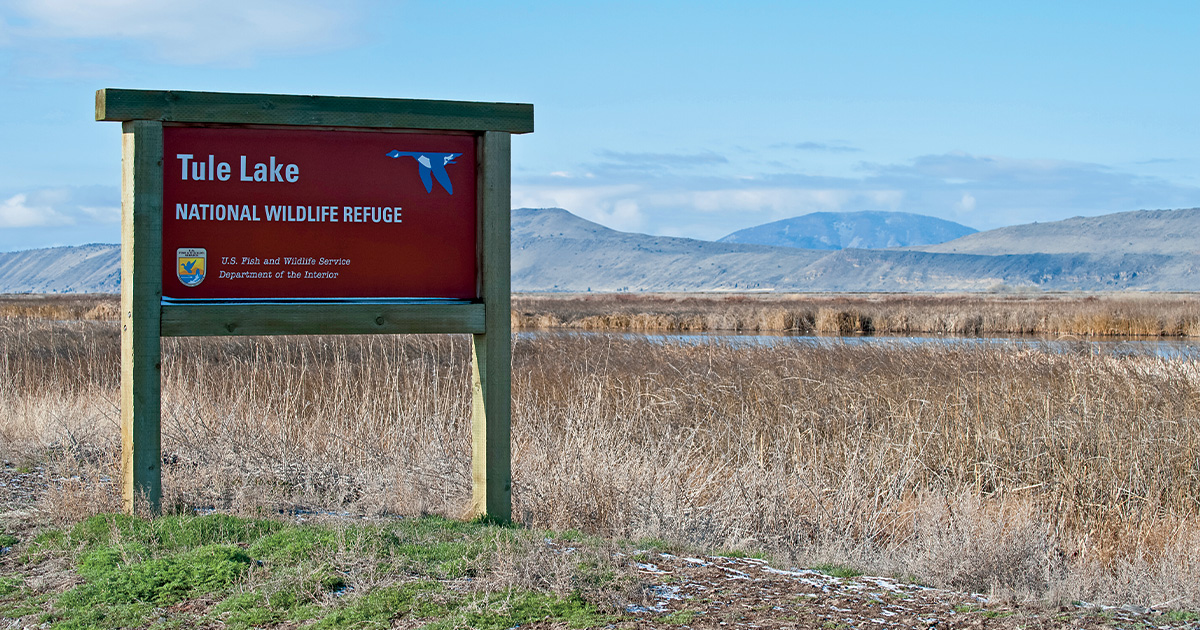
Tule Lake National Wildlife Refuge is among North America's most important waterfowl staging areas. DU is working with other stakeholders to help find mutually beneficial solutions to the areas chronic water shortages.
Unlike some other DU initiatives, the effort to restore the Lower Klamath and Tule Lake refuges can’t be constrained to a single restoration effort or a tidy series of engineering plans. The challenges are simply too great. But hope is being found in how refuge wetlands have responded to targeted water-delivery projects, as well as in a willingness among stakeholders to work toward long-term solutions for a healthy Klamath Basin.
One bright spot was the recent restoration of high-quality wetland habitat in Tule Lake’s Sump 1B. The wetland was drained in 2002 to expose soils and allow wetland vegetation to germinate. In a single season, life came roaring back. “The ecological response was phenomenal,” Getz recalls. “It was a sea of smartweed and other desirable wetland plants. It proved the incredible value that restoration of a wet-dry cycle to wetlands brings waterfowl.” Sump 1B was drawn down again in 2020 and the wetland and bird responses were equally impressive. DU and other partners are now trying to arrange funding for an assessment to evaluate the feasibility of increasing the frequency and efficiency of these wet-dry cycles on a larger scale on Tule Lake refuge.
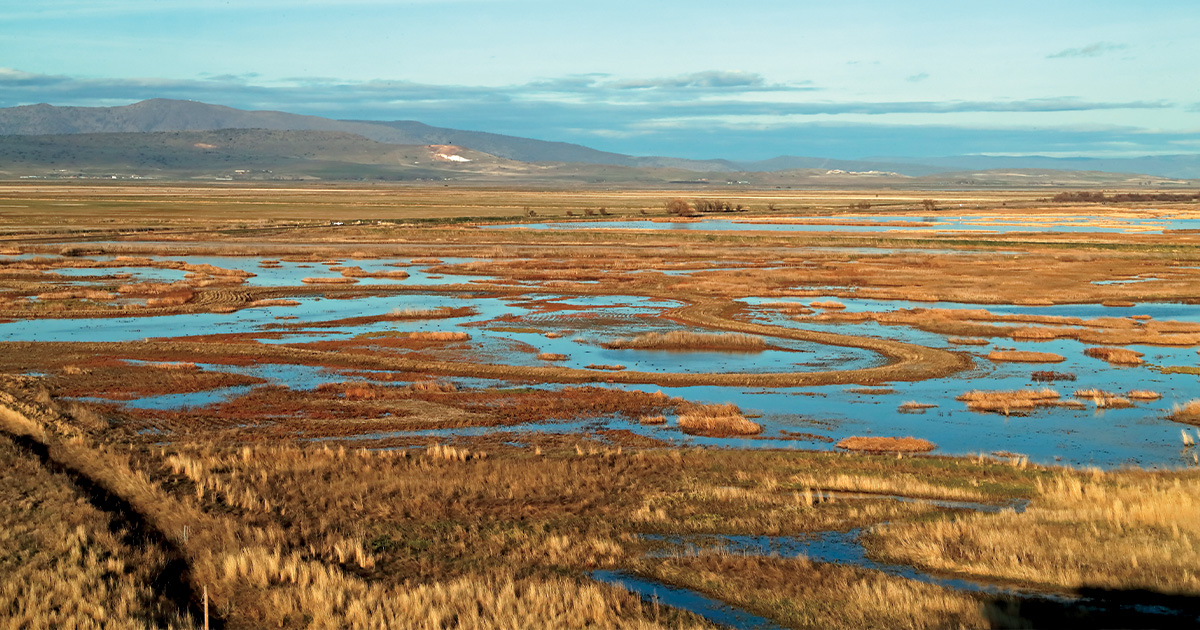
Figuring out how to share water and move it across a landscape that is increasingly parched will require creativity and collaboration. But the region’s potential to provide habitat and hunter access is astonishing. In 1957, Tule Lake supported 3 million pintails during fall migration, perhaps more than today’s entire continental population.
Getz hunted Tule Lake refuge for years and was enthralled by the rich waterfowling heritage of the region. “I remember the lady in the picking shed who made goose-down pillows,” she says. “You’d go into Mike & Wanda’s Restaurant in town and see a huge collection of waterfowl hunting photos on the wall. It’s an enormous landscape with incredible diversity from the standpoint of hunting. You feel those traditions when you’re up there, and we want to see that come to life again.”
As the Santee River flows toward the South Carolina coast, it branches and braids through the largest river delta on the eastern seaboard. There are tidal forests and marshes that reach to the horizon. And there are tens of thousands of acres of historic rice fields. While the conditions under which those impoundments were built is a tragic chapter in history—enslaved people did nearly all the work—the landscape nonetheless grew into a mecca for waterfowl. When the winter weather is right, the Santee Delta fills with 18 species of ducks—green-winged and blue-winged teal by the tens of thousands, wigeon and gadwalls, pintails, shovelers, mallards, and resident mottled ducks, which are rarely found north of the region.
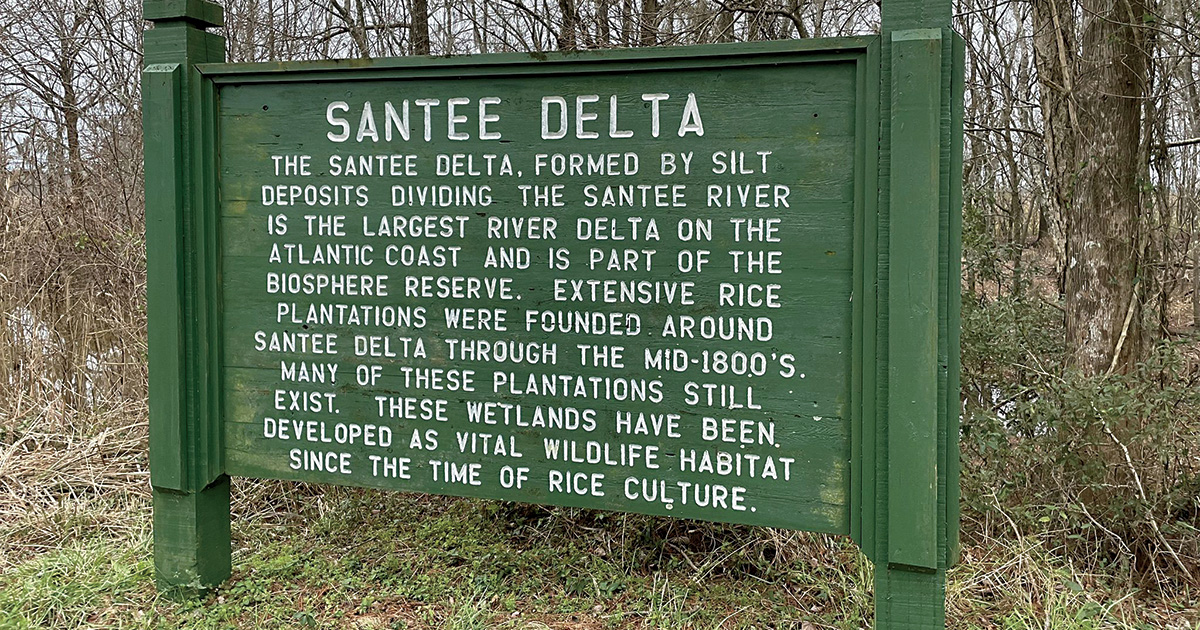
The restoration of the historic rice fields on South Carolina's Santee Delta Wildlife Management Area benefits waterfowl and hunters.
But time has not been kind to the intricate levee systems that created such a waterfowl paradise. Some water-control structures in the Delta are more than a century old. Many are failing and prevent land managers from controlling water levels in ways that benefit ducks. To turn back time—and build a more resilient future for the state’s Santee Delta WMA—a $3 million project recently kicked off to replumb 1,100 acres of rice fields on this popular public hunting area. Funded through a DU-secured NAWCA grant and state funding from the South Carolina Department of Natural Resources, the project will improve waterfowl habitat and public hunting access throughout this vast area.
In the past, hollow logs were plugged on each end and inserted into rice field dikes at various elevations, allowing some measure of water-depth control. These days, “rice trunks” is the term for a more modern version. The wooden structures are outfitted with adjustable articulating doors that allow for the natural flow of tidal water in and out of impoundments. Set into the dikes, the rice trunks allow managers to fine-tune water depths in the fields to provide optimal habitat for diving ducks such as ringnecks and scaup and for puddle ducks like teal, gadwalls, and American wigeon.
The Santee Delta WMA project involves the installation of 14 new rice trunks and four wooden spillway boxes, as well as the restoration and construction of miles of canals, dikes, and levees. And lessons from this project could have a huge impact elsewhere. Researchers using remote sensing technology have recently mapped an astonishing 236,000 acres of historic rice fields in the South Carolina Lowcountry.
“This is a major migration stopover and wintering area for waterfowl on the Atlantic coast,” says Emily Purcell, director of conservation programs for DU’s South Atlantic region. “And this property in particular is an important public-land project. There is so much coastal development in South Carolina; we have to make sure we’re working to keep opportunities for the public to get out and hunt ducks and connect with nature.”
Ducks Unlimited uses cookies to enhance your browsing experience, optimize site functionality, analyze traffic, and deliver personalized advertising through third parties. By continuing to use this site, you agree to our use of cookies. View Privacy Policy